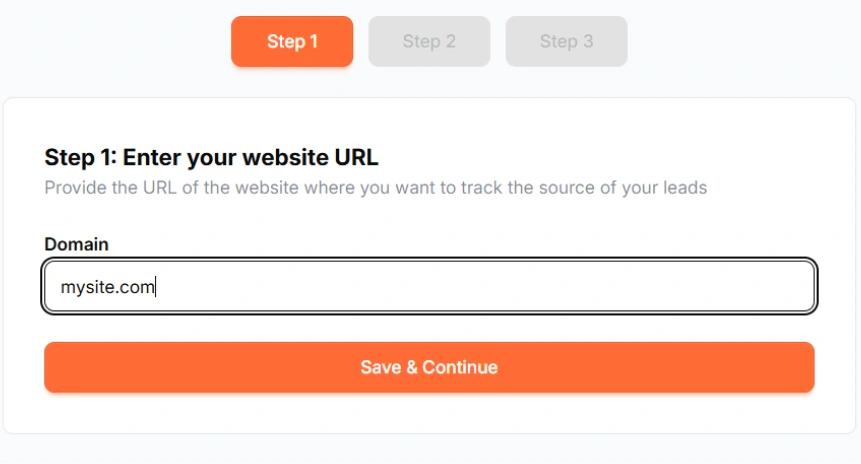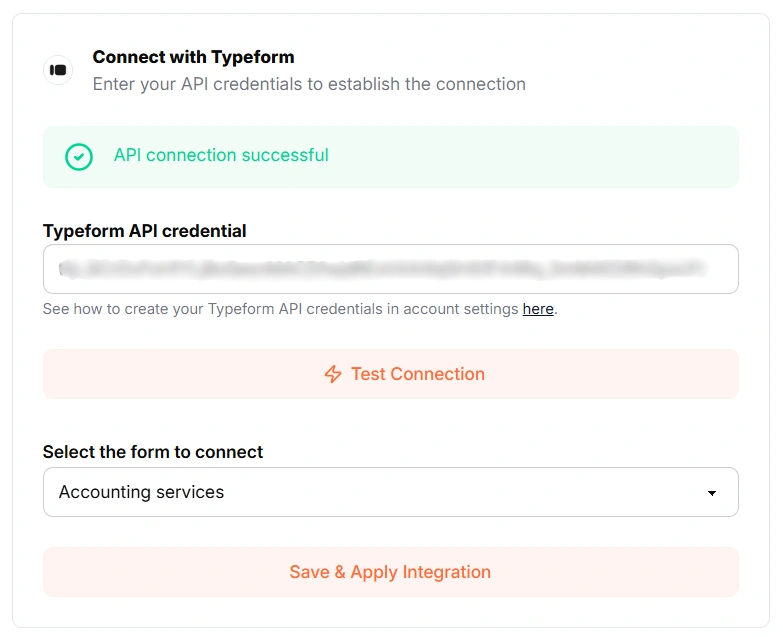You generate YouTube leads using Webflow, but you can’t connect each lead to a specific YouTube ad.
Similarly, when a lead becomes a customer, there’s no way to trace that customer back to the exact YouTube ad.
Without this tracking, it’s hard to measure the performance of your YouTube ads and identify which ads are bringing in leads and customers. As a result, you may spend on multiple ads without knowing which ones actually convert.
Luckily, there’s a simple way to link each lead to the exact YouTube campaign, ad group, and ad that generated it.
Let’s break it down step by step!
By connecting LeadSources with Webflow, you track a comprehensive report of YouTube ads data for each lead submitted.
LeadSources also track additional data to provide a full lead source report for each lead.
Now, imagine a user clicks on your YouTube ad but leaves your site without filling out your Webflow.
Four months later, this user returns to your site from an organic search on Google, and submits your Webflow.
LeadSources remembers all previous visits and provides a complete report of every session that occurred before the form submission.
Tracking the full lead journey helps you understand the role each marketing channel plays in your lead generation strategy.
That YouTube campaign that was not performing (because it didn’t generate leads) might actually be the first touchpoint of your most valuable leads.
Sign up to LeadSources (we offer a 14-day free trial).
Enter the URL of the website you want to track.

Copy and paste your LeadSources tracking code into the <head> section of your website.
Enter your Webflow API credentials to connect your account.
Then, select the form you want to track.
LeadSources will start tracking the source and journey of every lead you generate on Webflow.

Start your free trial today and track the full source of every lead throughout their journey.
Automated page speed optimizations for fast site performance